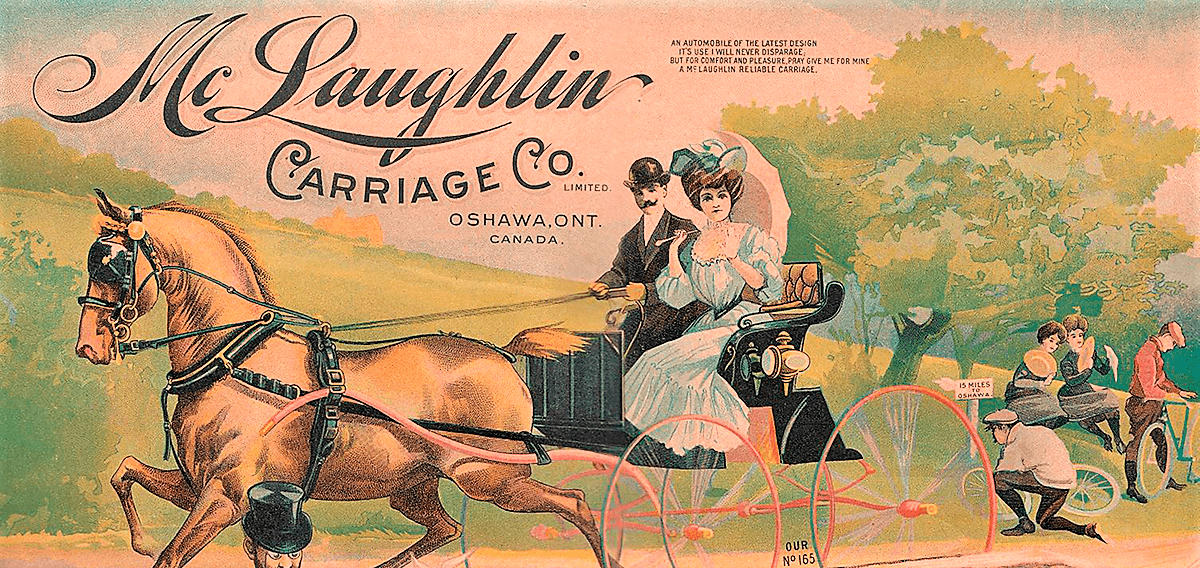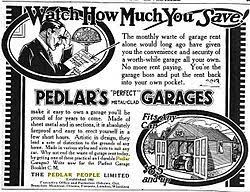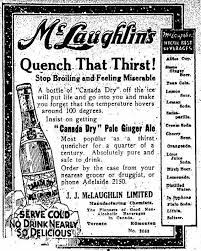Innovation in Durham (Part 1) – from carriages in Clarington to ginger ale in Oshawa
Published October 20, 2021 at 11:55 am

For a region on the east side of a booming metropolis that seems to be last to the table among the GTA’s communities over the years – or forgotten altogether – Durham has proven to be a hot bed of innovation over the past century and a half.
From the McLaughlin carriage works of 1864 to nuclear energy advancements to a robotic ‘smartARM,’ innovations appears to be Durham Region’s middle name.
With thanks to the Region of Durham’s Invest Durham division, we’re going to look at some of those innovations over the next few days. As Invest Durham declares in its report, the world needs products, services and business models that will “create value” in new ways while reducing social and environmental impacts.
“This change won’t be driven by a few heroic entrepreneurs or innovative geniuses, nor will it be driven solely by investors. It will take all of these players, and more, working together.”
1864
McLaughlin Carriage Co. Colonel Robert Samuel McLaughlin settles in Darlington Township (now known as Clarington) and launches a business manufacturing horse-drawn sleighs and carriages. By the turn of the century, his Oshawa facility is one of the largest carriage factories in the world.
1866
Newcastle Foundry and Machine Manufactory Daniel Massey establishes the Newcastle Foundry and Machine Manufactory, and in 1866, Hart Massey appears at the International Exposition in Paris, France, where he wins first place honours for the Massey Self Binder—which cut a section of oats in 55 minutes. The company went on to become the largest manufacturer of agricultural implements in the British Empire, now known as Massey Ferguson.
1884
The Holstein Association of Canada is founded locally. Members include legendary operations such as Roybrook in Whitby and Hannover Hill in Scugog; farms that have made a lasting impact on dairy farming around the globe.

1892
Pedlar Metal Roofing Company George Pedlar expands his father’s hardware and metal stamping business to become the Pedlar Metal Roofing Company, based in Oshawa. The operation became the largest sheet metal factory in the British Empire, with warehouses in Montreal, Winnipeg and Calgary, Sydney, Australia, Auckland, New Zealand and Cape Town, South Africa.
1892
Schofield Woolen Mills is established in Oshawa. Nationally recognized for exceptional quality, Schofield innovative woolen products were found in nearly every town and city in Canada for the next 50 years.
1894
The Oshawa Railway Construction begins on the Oshawa Railway to connect the Grand Trunk line at Oshawa’s northern end with the port. By 1911, the railway offered passenger, express and freight service to every part of town, and was a primary feature in promoting the businesses and “natural advantages and resources of Oshawa” to prospective investors.

1904
Canada Dry Pale Ginger Ale Robert McLaughlin’s eldest son, John J. McLaughlin of Enniskillen, creates Canada Dry Pale Ginger Ale. The company quickly expanded to become worldwide by the 1930s. Canada Dry is still popular today and produced in countries around the globe.
insauga's Editorial Standards and Policies advertising





